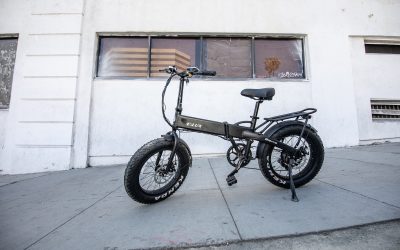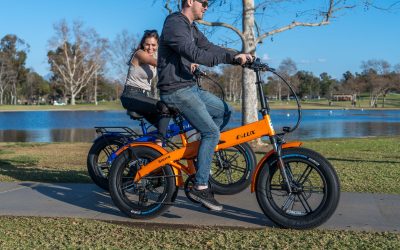E-bikes are growing in popularity and accessibility thanks to the current pivot toward cleaner energy sources and low-to-zero emissions. Today’s e-bike manufacturers produce custom bikes with appealing features and benefits.
Are there different classes of electric bikes and what are their differences? E-bike classes, features and benefits are easy to understand, and e-bikes are fun to ride. Use them for recreational jaunts or as reliable daily drivers for work or school.
Available Classes of E-Bikes
Based on equipment and top speed, there are three classes of electric bikes: Class 1, Class 2 and Class 3. Class 1 and Class 3 e-bikes are pedal-assists. Class 2 e-bikes are throttle-assist.
Class 1 and Class 2 e-bikes (peddle- and throttle-assist, respectively) can attain top speeds of roughly 20 mph, whereas Class 3 e-bikes are capable of up to 28 mph. E-bike manufacturers often have additional e-bike categories according to usage/style: cruisers, fat tire, folding and step-thru, for example.
Differences, Features, Benefits of Class 1 and Class 3 E-Bikes
Class 1 and Class 3 pedal-assist e-bikes have a special motor. The motor helps you pedal more easily. This assistance comes in handy when traveling for long periods, when going uphill, when you’re new to biking or when you’re physically challenged. Anecdotal evidence suggests that pedal-assist e-bikes might improve your cardiovascular health, your joint health and help you have a smoother ride.
Class 2 Throttle-Assist E-Bikes
Throttle-assist e-bikes have a handlebar-mounted throttle. The throttle permits you to control acceleration and speed without pedaling.
This gives you an advantage during longer commutes, when starting from a standstill or when navigating uphill. So, are there different classes of electric bikes and what are their differences? For more info, visit E-LUX Electric Bikes.









